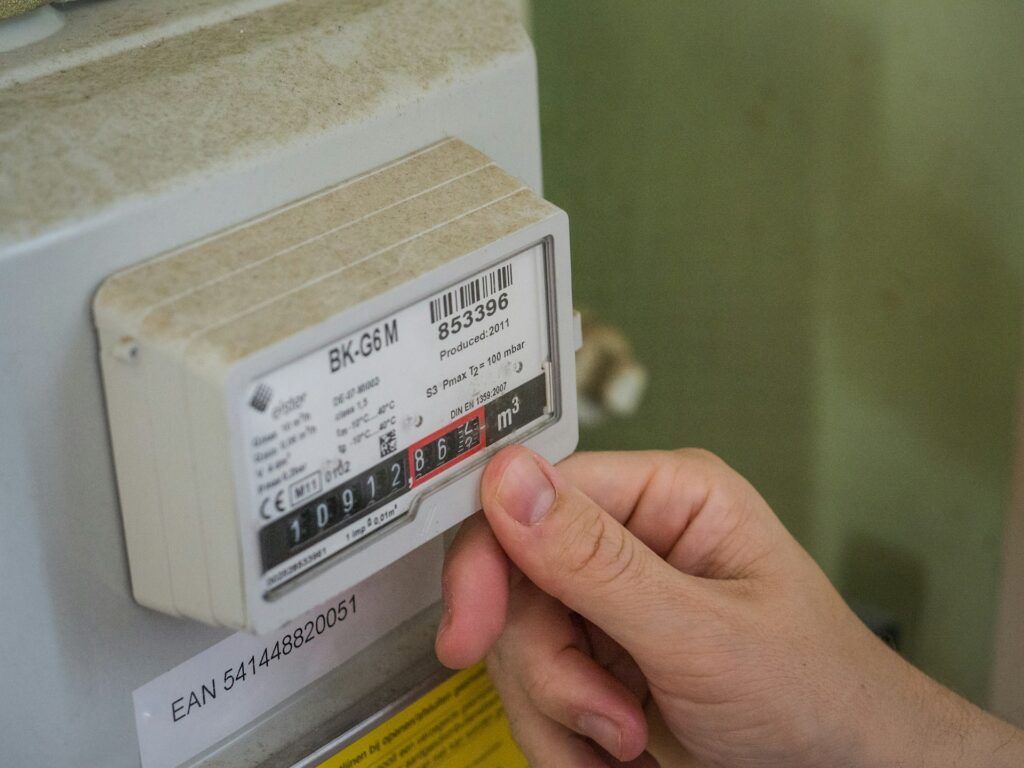Social media is a double-edged sword for your child. While it connects them with friends, it can also easily turn into an unhealthy addiction. Platforms like Instagram and TikTok are designed to hook users with endless scrolling and quick-hit content like reels, which keep your child coming back for more. Over time, this habit can disrupt sleep, harm self-esteem, and even lead to anxiety or depression as they constantly compare themselves to others. And that’s why you need to protect children from the risks of social media!
Social media companies know how to attract young minds. They use features like notifications and rewards to keep your child engaged for hours. Without proper boundaries, your child may fall into this trap, neglecting face-to-face interactions and outdoor activities.
It’s not just the platforms to blame—your approach as a parent matters too. Leniency or lack of awareness can allow these habits to take root!
But don’t worry, it’s not too late to take control. By learning how social media affects your child and setting healthy limits, you can protect their well-being.
How can I protect my children from the risks of social media platforms?
1. Set clear usage rules
- How-to: Start by setting specific guidelines for when and where social media can be used. Limit access during meals, homework time, or before bed. Define areas like bedrooms as “tech-free zones.” Engage your child in the rule-setting process to make them more receptive to the boundaries.
- How it helps: Establishing rules ensures that social media doesn’t interfere with critical activities like studying, sleep, or family bonding. It also teaches discipline and helps create a balanced approach to technology use.
2. Teach privacy awareness
- How-to: Explain how to use privacy settings on platforms like Instagram and TikTok. Teach your child to make their accounts private, avoid sharing personal details like phone numbers or addresses, and think critically before posting. Encourage them to decline friend requests from strangers.
- How it helps: Privacy awareness reduces risks like cyberstalking, identity theft, and unwanted contact from strangers. It also helps children stay mindful of what information they’re putting online.
3. Follow them online
- How-to: Request to follow your child’s social media accounts or ask to be their friend on platforms. Let them know this is for their safety. Stay discreet—avoid over-commenting or liking everything they post to maintain their trust.
- How it helps: Being connected allows you to monitor their activity, ensuring they’re engaging in safe behaviors. It also creates opportunities for conversation if you notice something concerning.
4. Limit screen time
- How-to: Use tools like Google Family Link or Apple’s Screen Time to track and limit the time spent on social media. Create device-free routines, such as no screen time during meals or an hour before bedtime. Set time limits on apps for a balanced digital diet.
- How it helps: Controlled screen time helps prevent addiction, protects against excessive exposure to harmful content, and encourages a healthier lifestyle with more offline activities.
5. Discuss the impact of reels and trends
- How-to: Engage your child in discussions about popular trends or viral content on platforms like TikTok and Instagram. Highlight how such content can be unrealistic or even harmful. Encourage them to think critically about the media they consume and discuss the dangers of peer pressure.
- How it helps: Talking about trends helps children recognize exaggerated or fake content and reduces the pressure to conform. It builds self-confidence and critical thinking skills.

6. Monitor without spying
- How-to: Be transparent about monitoring their social media usage. Use parental control apps to review their activity without intruding on their privacy. Let them know that your intention is to ensure their safety and not to invade their space.
- How it helps: Open monitoring creates a sense of accountability while building trust. It allows you to detect risks like inappropriate interactions or cyberbullying and step in when necessary.
7. Promote open communication
- How-to: Foster an environment where your child feels safe talking about their online experiences. Ask open-ended questions about what they see or do on social media. Offer support when they share challenges and never dismiss their concerns.
- How it helps: Open communication encourages children to share problems, like cyberbullying or negative content, without fear of judgment. This proactive approach helps address issues early and builds trust.
8. Be an example
- How-to: Limit your own screen time and prioritize face-to-face interactions. Demonstrate responsible social media use by avoiding excessive scrolling and engaging with others respectfully online. Share your experiences to provide relatable lessons.
- How it helps: Children learn by observing. Modeling balanced social media habits encourages them to adopt healthier behaviors and avoid over-dependence on digital platforms.
9. Educate about cyber risks
- How-to: Teach your child about online threats like phishing, grooming, and fake accounts. Explain the importance of strong passwords, avoiding suspicious links, and reporting unsafe behavior. Reinforce that they should always seek your help if something feels wrong.
- How it helps: Awareness of online risks equips children to handle digital challenges independently and safely. It builds confidence in their ability to navigate social media responsibly.
10. Implement AI-based safety tools
- How-to: Install AI-powered parental control tools like Norton Family to monitor for explicit content, bullying, or other dangers. Customize alerts for concerning behavior and adjust settings to cover multiple platforms, including Snapchat and WhatsApp.
- How it helps: These tools provide real-time alerts about potential risks, ensuring you can act quickly while maintaining your child’s privacy. They offer an additional safety net for modern digital challenges.
11. Encourage critical evaluation of online content
- How-to: Teach your child how to assess the credibility of what they see online. Explain the difference between factual and opinion-based content and show them how to spot misinformation. Introduce tools like reverse image searches to verify images and videos that seem suspicious. Discuss how algorithms prioritize sensational content to boost engagement.
- How it helps: Critical evaluation empowers your child to question the reliability of what they consume on social media. It reduces the likelihood of them falling for fake news, scams, or unhealthy comparisons based on curated online personas. This skill also fosters independent thinking and responsible digital behavior.
How to protect children from social media addiction?
Preventing social media addiction is a key step towards protecting children from the risk of online social platforms like Facebook, Snapchat, and Instagram. And these tips will help achieve that:
- Teach the value of digital detox: Encourage regular breaks from social media to help your child disconnect and recharge. You can set “no-device” days or even shorter tech-free periods to promote mindfulness and balance.
How it helps: Helps prevent social media addiction, reduces stress, and fosters more real-world connections. - Establish strong online friendships: Teach your child how to maintain safe and respectful friendships online. Encourage them to build relationships with trusted people, such as family members or close friends, rather than with strangers.
How it helps: Strengthens emotional support networks and reduces the risk of online exploitation. - Enable parental control on messaging apps: Set up privacy settings and parental controls on messaging platforms like WhatsApp, Facebook Messenger, and Snapchat. Limit who can message or interact with your child.
How it helps: Reduces the risk of unsolicited or harmful messages and cyberbullying. - Model healthy self-image practices: Discuss the impact of social media on body image and self-esteem. Lead by example and avoid comparing yourself to others or promoting unrealistic beauty standards.
How it helps: Encourages a positive self-image and helps your child resist the pressure to conform to filtered, curated online personas. - Instill a sense of digital responsibility: Educate your child on the long-term consequences of their online actions, such as the permanence of posts, reputation damage, and how to behave respectfully online.
How it helps: Encourages responsible, ethical behavior online and teaches accountability.
Implementing the tips shared earlier will ensure that your child is safer online and help them make the most of social media platforms. By creating clear guidelines, promoting healthy habits, and educating about privacy and online risks, you can protect your child from harmful interactions such as cyberbullying or exploitation!
These tried-and-tested strategies will also empower your child to use social media in ways that enhance their emotional well-being, build positive connections, and engage in meaningful, educational experiences

